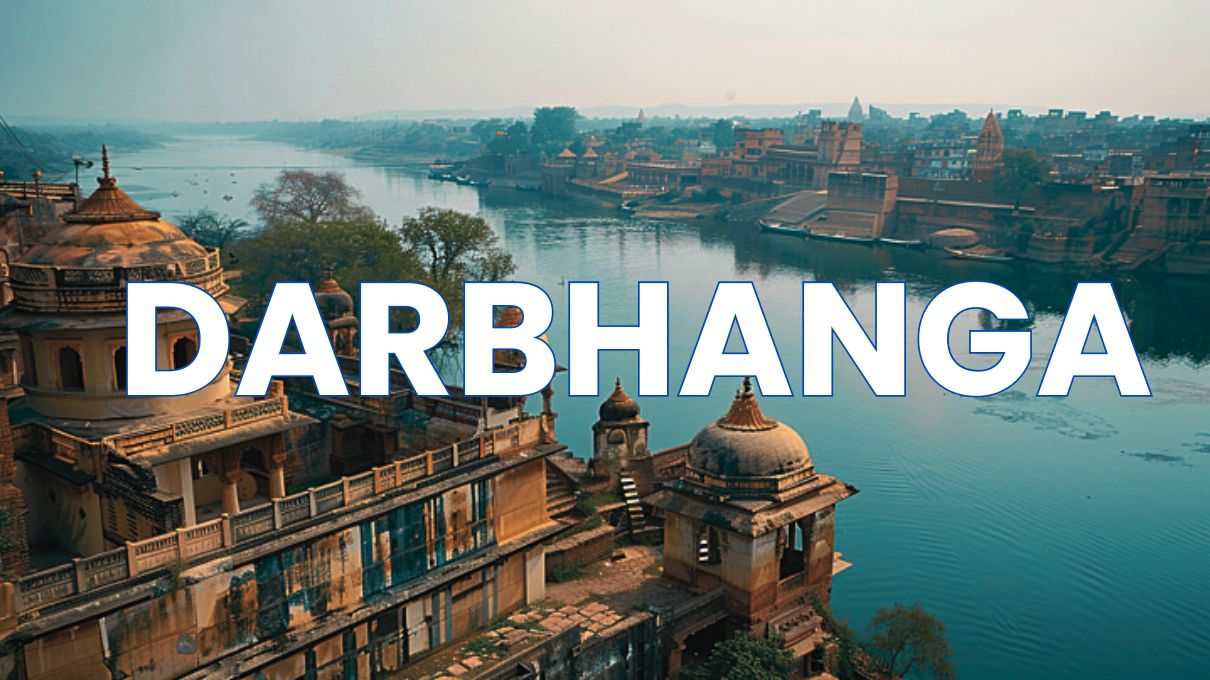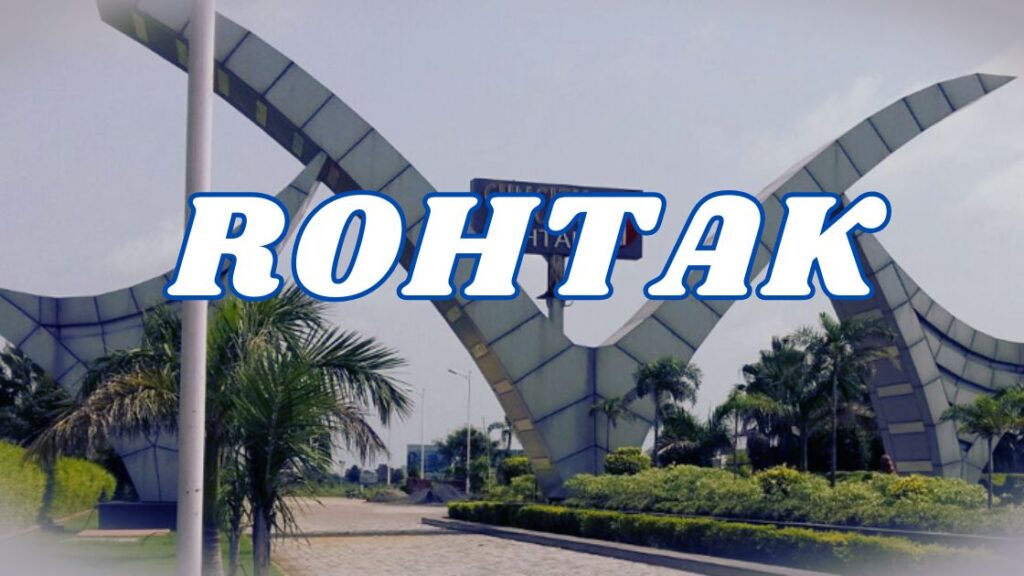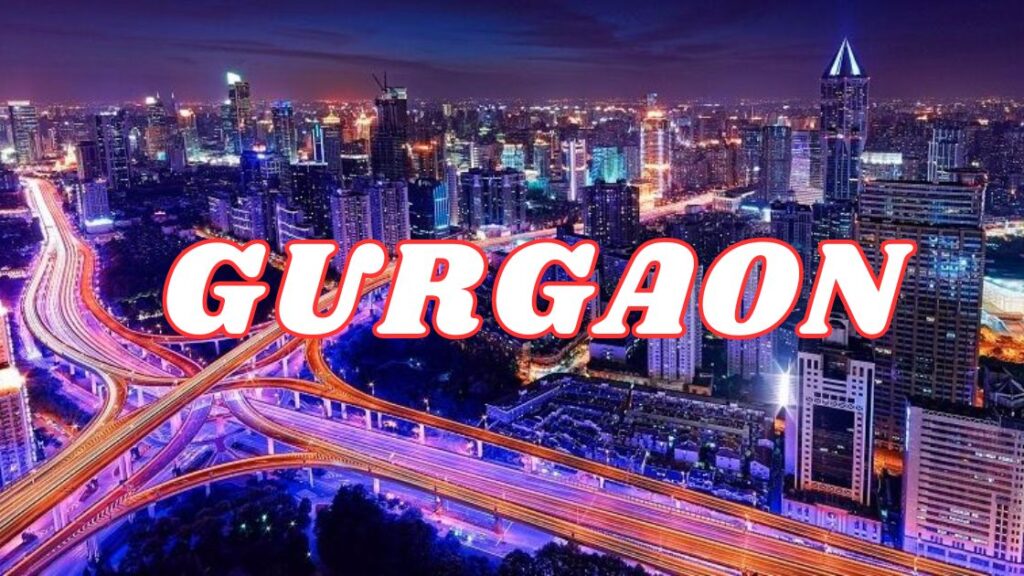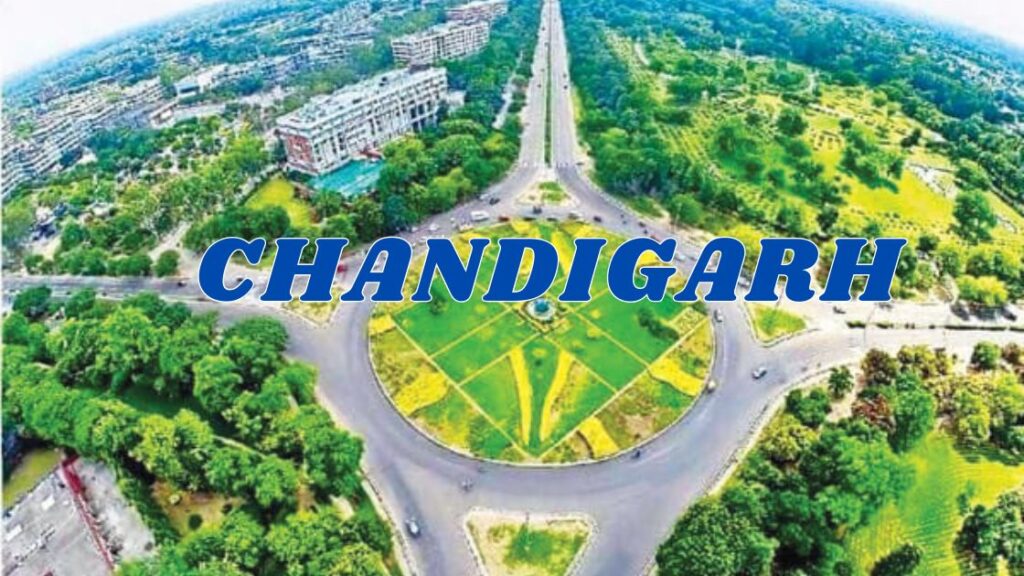All about Darbhanga
Darbhanga is recognized as the fifth largest city and a prominent municipal corporation in Bihar, India. Located in the northern part of the state, it holds great importance as the administrative hub of both the Darbhanga district and the Darbhanga division. The city is also renowned as the “gateway to Bengal,” a term believed to have originated from its name, which derives from “Dwār Banga” or “Dari-Banga,” translating to the “door of Bengal.”
Darbhanga: Bihar’s Thriving Cultural Heart,
Historically, Darbhanga has been the epicenter of the Khandwala zamindar dynasty during the periods of Mughal and British India. This historical lineage adds significant depth to the city’s heritage, making it a focal point of Bihar’s cultural and historical richness. The city is a major healthcare hub in North Bihar, owing to its role as the site of the renowned Darbhanga Medical College and Hospital (DMCH). In addition, the second All India Institute of Medical Sciences (AIIMS) of Bihar, AIIMS Darbhanga, is set to enhance its medical infrastructure and solidify its reputation as an emerging medical center.
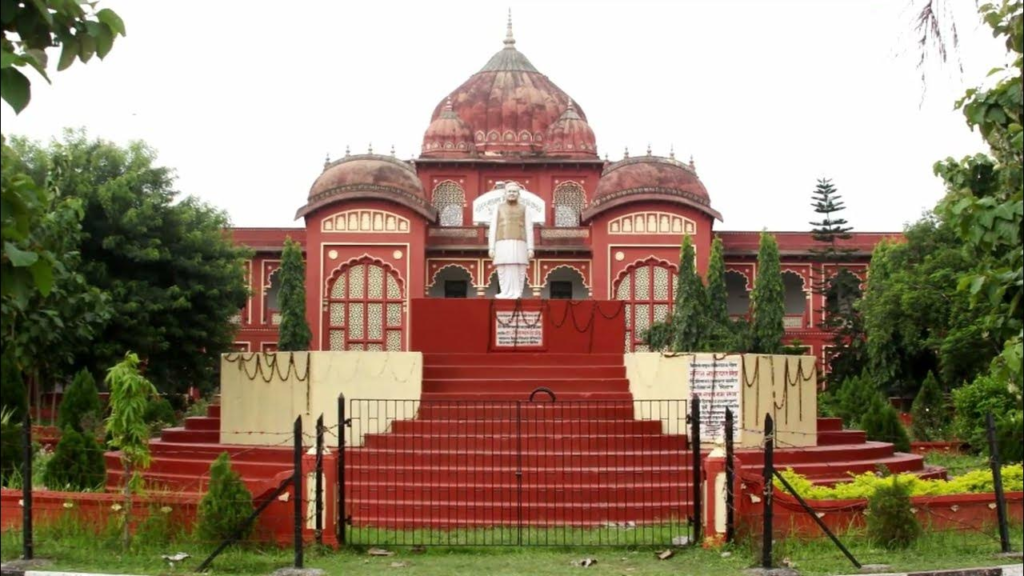
Darbhanga is one of India’s oldest cities, known for preserving its rich cultural, literary, and artistic traditions. This city serves as a vibrant tapestry of heritage with contributions in Sanskrit, Maithili, Urdu, and Hindi being handed down through generations. It has rightly earned the title of the “Cultural Capital of Bihar” and is often referred to as the “Heart of Mithila.” Its deep connection to Mithila’s history makes Darbhanga a vital landmark in the cultural and artistic fabric of the state.
Music and folk art flourish here, reflecting the soul of the Mithila region. Artists and musicians from Darbhanga are celebrated for their talent, and their influence extends far beyond the borders of Bihar. The city is not just a guardian of traditional values but is also evolving to meet the modern needs of its residents, evidenced by its advancements in healthcare and education.
Stay tuned for more developments as Darbhanga continues to blend its historic past with a promising future, reaffirming its position as a key city in Bihar and beyond.
History of Darbhanga
Darbhanga, a city steeped in history, was once the capital of the illustrious Darbhanga Raj, an estate established in the 16th century. The estate’s grandeur is epitomized by the Anandbagh Palace, which remains an architectural marvel to this day. The city was officially established as a municipality in 1864, marking a pivotal moment in its urban development.

Darbhanga is also home to prestigious educational institutions that bear testimony to its scholarly legacy. The Kameshwara Singh Darbhanga Sanskrit University, established in 1961, stands on the historic grounds of the palace. Complementing this is the Lalit Narayan Mithila University (LNMU), founded in 1972, which has earned its place as a hub of higher education in the region. Adding to its cultural richness is the Darbhanga Museum, which houses invaluable archaeological materials, along with displays of historical artifacts and local handicrafts.
The city has long been a beacon of Indian classical music, particularly since the late 18th century, when it emerged as a center for Dhrupad, one of the oldest forms of classical Indian music. Numerous celebrated Dhrupad musicians hail from Darbhanga, enhancing its reputation as a cornerstone of India’s rich musical heritage.
In addition to its cultural significance, Darbhanga serves as a key rail and road junction, enabling trade in agricultural products, mangoes, and fish. The city also boasts industries such as food processing and a light manufacturing sector. Its thriving trade and commerce sector further underscore its economic vitality.
Geographically, Darbhanga is situated on a vast alluvial plain characterized by low-lying areas interspersed with marshes and lakes. The fertile soil supports the cultivation of crops like grains, oilseeds, sugarcane, tobacco, and the region’s celebrated mangoes. These agricultural activities are vital to the city’s economy and underscore its agrarian roots.
During the era of British rule, Darbhanga was initially part of Sarkar Tirhut until 1875, when it became a separate district. Its administrative divisions were established earlier: Darbhanga Sadar in 1845, Madhubani in 1866, and Samastipur (formerly known as Tajpur) in 1867. Interestingly, the city is believed to have been founded by Darbhangi Khan, although little is known about him. Another interpretation suggests that the name Darbhanga stems from “Dwar Banga” or “Dar-e-Banga,” meaning the “door of Bengal.” While this theory adds intrigue, its accuracy is debated, as the Bengal-Bihar border historically lies farther east. Nevertheless, the city’s cultural and linguistic connections with Bengal remain apparent and cherished.
Darbhanga’s historical significance is further evidenced by archaeological excavations at Balirajgarh, which unearthed brick fortifications dating back to the 2nd century BCE. These findings highlight the region’s ancient heritage and contribute to its status as one of India’s historically rich cities.
Today, Darbhanga continues to celebrate its historical legacy, blending its cultural splendor with modern development, cementing its place as one of North Bihar’s most significant cities.
Geography of Darbhanga
Darbhanga is a prominent city located in the northern region of Bihar, India, and is known for its unique geographical features. Positioned between 25.53° N to 26.27° N latitude and 85.45° E to 86.25° E longitude, the city lies at an average elevation of 171 feet (52 meters) above sea level. Darbhanga spans a total area of 2,279 square kilometers, making it one of the significant districts in the Mithilanchal region of Bihar.
The district is geographically bordered by Madhubani district in the north, Samastipur district in the south, Saharsa district in the east, and Sitamarhi and Muzaffarpur districts in the west. Being part of the fertile Mithilanchal plains, Darbhanga boasts a vast alluvial landscape that is devoid of hills, offering a gentle north-to-south slope with a natural depression at its center. This geography plays a crucial role in the region’s agricultural richness, as the fertile soil supports the growth of crops like grains, oilseeds, sugarcane, tobacco, and its world-famous mangoes.
Darbhanga experiences a humid subtropical climate, classified under the Köppen Cwa system. The city primarily witnesses three seasons: summer, monsoon, and winter. The summer season is marked by scorching heat, with May being the hottest month when temperatures soar up to 43°C. In contrast, the monsoon brings much-needed relief, with the city receiving an average annual rainfall of 1,142.3 mm, nearly 92% of which occurs during the monsoon season. The winter months, starting from late November, bring cooler temperatures, with average lows dropping to around 8°C.
The climate of Darbhanga has been systematically recorded, highlighting its weather extremes over time. Temperatures have peaked at 44.1°C (111.4°F), while the coldest recorded temperature has plunged to 0°C (32°F). These variations underline the region’s climatic diversity. Despite the occasional challenges posed by extreme weather, Darbhanga’s lush environment and strategic location continue to support its thriving agricultural economy.
The landscape of Darbhanga also features natural wetlands, including marshes and lakes, which not only enhance its ecological diversity but also serve as essential resources for agriculture and aquaculture. These wetlands play a significant role in the region’s water management, supporting both human and wildlife needs.
Under British rule, Darbhanga was initially part of Sarkar Tirhut and underwent administrative reorganization in 1875 when it was designated as a separate district. This history underscores the city’s importance in regional governance and economic connectivity.
Darbhanga’s geographical placement makes it a vital transportation hub, facilitating trade through its road and rail junctions. The fertile plains, strategic borders, and accessible trade routes have helped Darbhanga evolve into an agricultural and commercial center. Its climate and soil quality ensure year-round productivity, making it a key contributor to Bihar’s agrarian economy.
Today, Darbhanga continues to thrive as a blend of geographical beauty and economic potential, cementing its status as a cornerstone of the Mithil Anchal region.
Demographics of Darbhanga
Darbhanga, recognized as one of the largest urban centers in Bihar, showcases a culturally diverse and linguistically rich demographic profile. According to the 2011 Census of India, the city’s urban agglomeration population stood at 296,039, while the entire Darbhanga district was home to an estimated 3 million people. Recent estimates, such as the document published by the District Magistrate of Darbhanga in 2021, revised the urban population to 380,125, highlighting the city’s ongoing growth and urbanization.
The gender composition of Darbhanga reflects a slightly higher proportion of males than females, with 196,573 males (52.6%) and 183,552 females (47.4%), as recorded in 2011. The literacy rate in the city stands impressively at 79.40%, indicating a higher educational level compared to many parts of Bihar. Male literacy is relatively higher at 85.08%, while female literacy lags slightly at 73.08%.
Religious Diversity
Darbhanga is a testament to religious coexistence, with Hinduism being the dominant faith, followed closely by a significant Muslim community. The 2011 Census data indicate:
- Hinduism: 71.76% of the population.
- Islam: 27.76%, marking it as a major minority group.
- Other religions or non-disclosed affiliations: 0.48%.
This cultural mosaic strengthens Darbhanga’s position as a vibrant and inclusive urban center.
Linguistic Landscape
The city of Darbhanga holds a distinguished place in the Mithilanchal region for its linguistic diversity. Maithili, the local language, is spoken by a majority of the population and is deeply intertwined with the region’s cultural identity. Other languages widely spoken in Darbhanga include Urdu and Hindi, reflecting its pluralistic heritage.
The linguistic breakdown, according to the 2011 Census, is as follows:
- Maithili: 50.25% of the population identifies it as their first language, showcasing its predominance in local traditions and communication.
- Urdu: Spoken by 26.80%, it emphasizes the region’s historical and cultural association with Indo-Islamic traditions.
- Hindi: Representing 20.98%, it serves as a key medium for administration, education, and inter-regional communication.
- Other languages: A minimal 1.97% of the population uses languages other than these three.
Urban Expansion
Darbhanga has experienced steady growth over the decades, spurred by its strategic location and evolving infrastructure. Its designation as a major urban center in Bihar places it alongside prominent cities in the state. Additionally, the rich cultural and linguistic diversity ensures Darbhanga remains a focal point of socio-economic development in northern Bihar.
Transport in Darbhanga
Darbhanga is a well-connected city with a robust network of railways, roadways, and airways, playing a crucial role in the economic and cultural integration of the region. Its strategic location as part of Mithilanchal ensures seamless connectivity to major cities across India.
Railways
Darbhanga Junction, a pivotal hub of the East Central Railway, serves as a lifeline for the city. It links Darbhanga to all major cities in India, making it a critical transit point for passengers and goods alike. Key highlights include:
- Laheriasarai Railway Station, the second major station, serves the southern regions of Darbhanga.
- Daily and weekly train services connect Darbhanga to New Delhi, Kolkata, Patna, Secunderabad, Ahmedabad, Pune, Howrah, Amritsar, and Varanasi, ensuring widespread accessibility.
This extensive railway connectivity makes Darbhanga a central point for both travelers and trade.
Darbhanga Airport
The inauguration of Darbhanga Airport has revolutionized air travel in the region. Situated just 6 kilometers from the city, it connects Darbhanga to key Indian cities, enhancing accessibility for business and tourism.
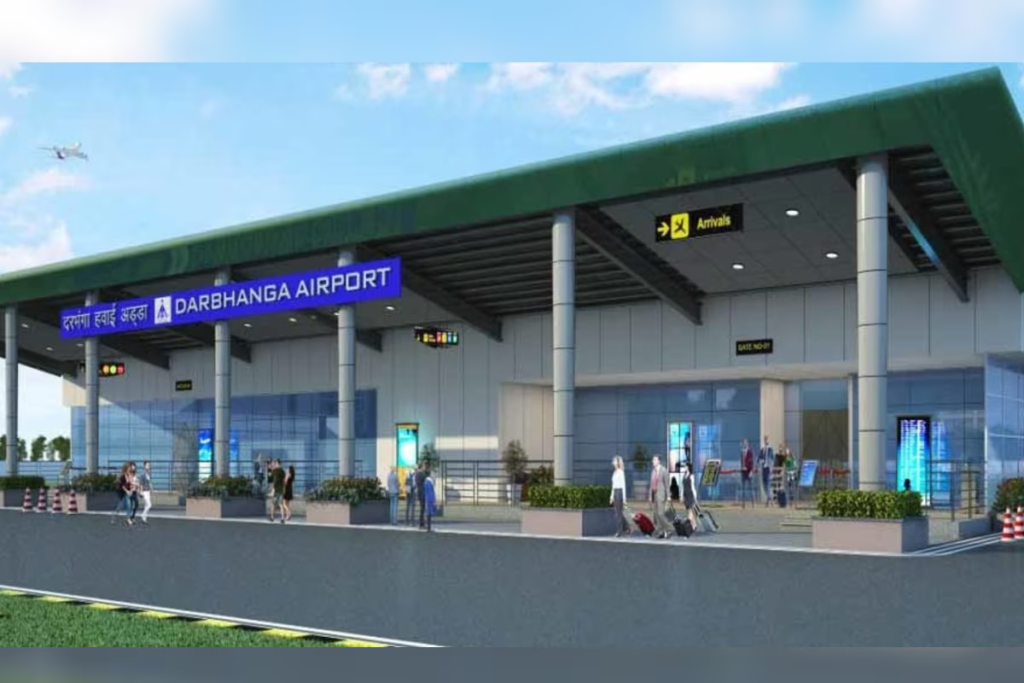
Key Features of Darbhanga Airport:
- Located near NH 527B and NH 27 East-West Corridor Expressway, offering excellent roadway access to travelers.
- Operated by the Airports Authority of India (AAI) as a civil enclave at the Darbhanga Air Force Station.
- Foundation stone laid by Chief Minister Nitish Kumar and former Civil Aviation Minister Suresh Prabhu in December 2018.
- Commercial operations began on November 8, 2020, after efforts spearheaded by MP Gopal Jee Thakur and Civil Aviation Minister Hardeep Singh Puri.
The airport now provides a modern and efficient alternative to rail and road travel, further boosting the city’s economic growth.
Roadways
Darbhanga enjoys a well-maintained network of national and state highways that connect it to various parts of Bihar and beyond. Prominent highways include:
- NH 27, a part of India’s East-West Corridor, running through Darbhanga and linking it to important cities from Porbandar in Gujarat to Silchar in Assam.
- NH 527B, which enhances regional connectivity.
- Several state highways (50, 56, 88, and 75) facilitate movement within Bihar, ensuring access to neighboring districts like Muzaffarpur, Samastipur, Madhubani, and Sitamarhi.
Expressways and Future Projects
The East-West Corridor Expressway passes through Darbhanga, cementing its position as a major transit point in northern Bihar. The upcoming Amas–Darbhanga Expressway (NH 119D) is set to be the first expressway in Bihar.
- A planned 4/6-lane access-controlled expressway, it will connect Amas in Gaya district to Bela Nawada in Darbhanga district.
- Once operational, this expressway will reduce travel time and bolster economic activity in the region.
Darbhanga’s evolving transport infrastructure is a testament to its growth as a vital city in Bihar, paving the way for greater connectivity, economic progress, and cultural exchange.
Education in Darbhanga
Darbhanga, a culturally rich city in Bihar, has made significant strides in education. The city is home to numerous prestigious educational institutions, ranging from universities to specialized colleges and schools. Its academic framework contributes significantly to the intellectual growth and development of the region.
Medical Colleges
Darbhanga has some of the finest medical institutions in Bihar, catering to students aspiring to excel in the field of medicine and healthcare:
- Darbhanga Medical College and Hospital (DMCH): A premier institution offering quality education and healthcare services.

- Mithila Minority Dental College and Hospital: Known for its comprehensive dental courses.
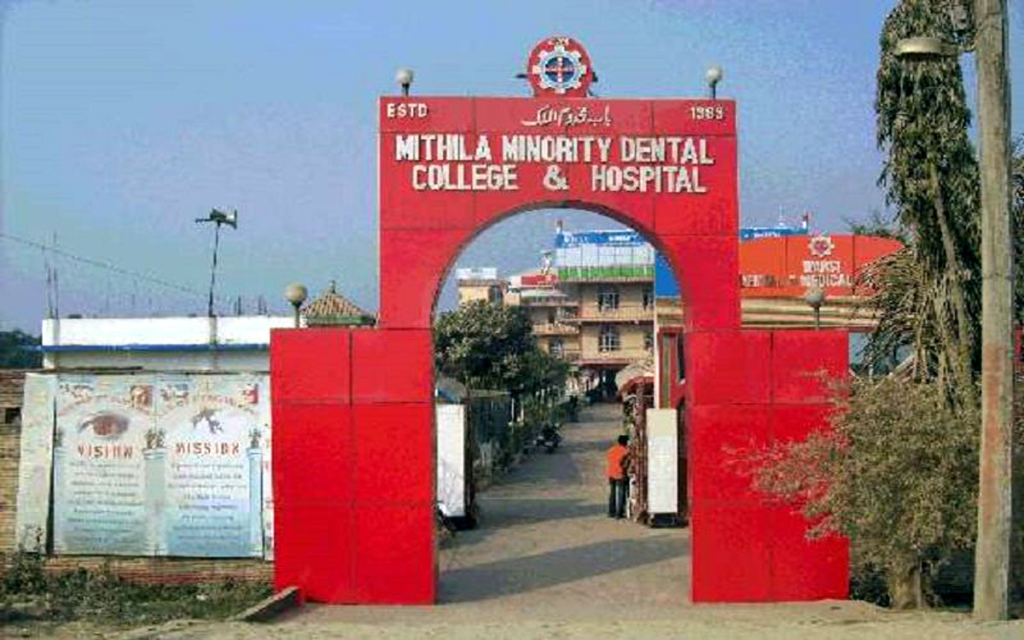
- All India Institute of Medical Sciences (AIIMS), Darbhanga: Currently under construction, this will further enhance the medical education infrastructure in the region.
Universities
Darbhanga is recognized for its prestigious universities, which attract students from across the state and beyond:
- Lalit Narayan Mithila University (LNMU): A hub for higher education, offering courses in arts, science, commerce, and more.
- Kameshwar Singh Darbhanga Sanskrit University: Renowned for its focus on classical studies and Sanskrit literature.
- Maulana Azad National Urdu University (MANUU): Catering to Urdu-speaking students with a variety of professional and academic programs.
- Indira Gandhi National Open University (IGNOU): The regional center provides flexible learning opportunities.
Engineering and Technology Colleges
Darbhanga also caters to students interested in engineering and technology with prominent institutions like:
- Darbhanga College of Engineering: Offering specialized programs in core engineering fields.
- Women’s Institute of Technology: A unique institution focusing on empowering women through technology.
- Government Polytechnic, Darbhanga: For diploma-level technical education.
- Software Technology Park (STPI): A hub promoting technology and IT-enabled services.
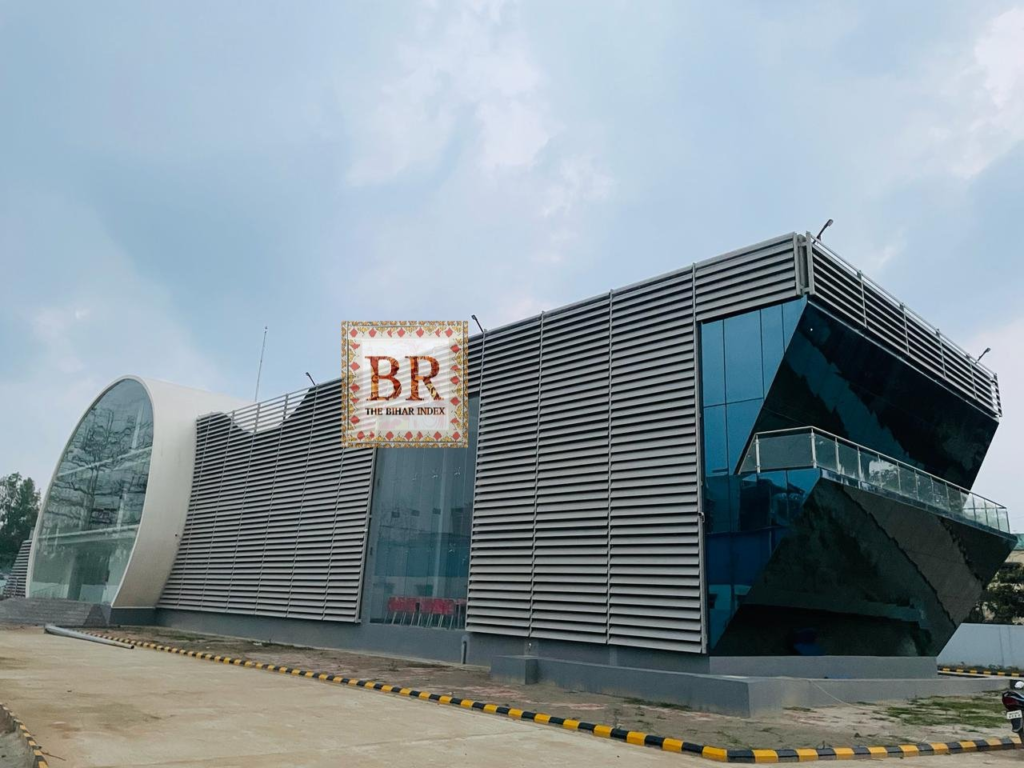
Prominent Colleges
The city has well-established colleges that contribute to academic excellence:
- C. M. Science College: Renowned for its science programs.
- Marwari College, Millat College, and Kunwar Singh College: Offering diverse academic options in arts, science, and commerce streams.
Schools
Darbhanga boasts a strong foundation in school education, with institutions providing quality primary and secondary education:
- D.A.V Public School, Don Bosco School, and Madonna English School are highly reputed.
- Rose Public School and Darbhanga Public School: Focused on holistic child development.
- Jesus & Mary Academy: Known for its emphasis on academics and co-curricular activities.
Tourism in Darbhanga
Darbhanga is steeped in history and cultural heritage, making it a compelling destination for tourists. It boasts an array of historical landmarks, temples, and museums that reflect its rich past.
Notable Tourist Attractions
- Darbhanga Fort: A historical marvel showcasing the architectural brilliance of the Maharajas of Darbhanga.
- Chandradhari Museum: Houses a rich collection of Mithila paintings, sculptures, and artifacts.
- Shyama Mai Temple: A revered site dedicated to Goddess Kali, drawing devotees in large numbers.
- Darbhanga Planetarium: A modern facility attracting science enthusiasts and children.
- Maharajadhiraja Lakshmishwar Singh Museum: Preserves the legacy of the royal family of Darbhanga.
- Nargona Palace and Anand Bagh Palace: Architectural gems highlighting the city’s royal past.
- Ahalya Sthan and Kusheshwar Asthan: Sacred pilgrimage sites with profound spiritual significance.
Darbhanga, with its robust educational institutions and vibrant tourist attractions, stands as a beacon of knowledge, culture, and heritage, contributing immensely to the growth and identity of Bihar.
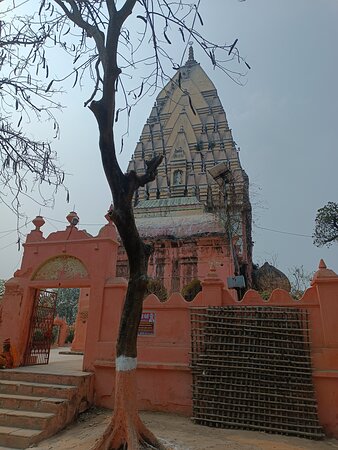

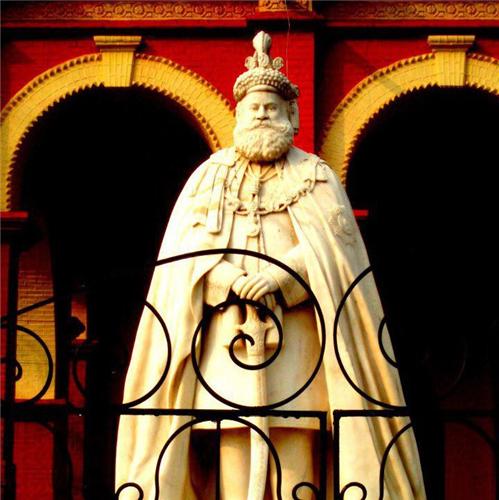
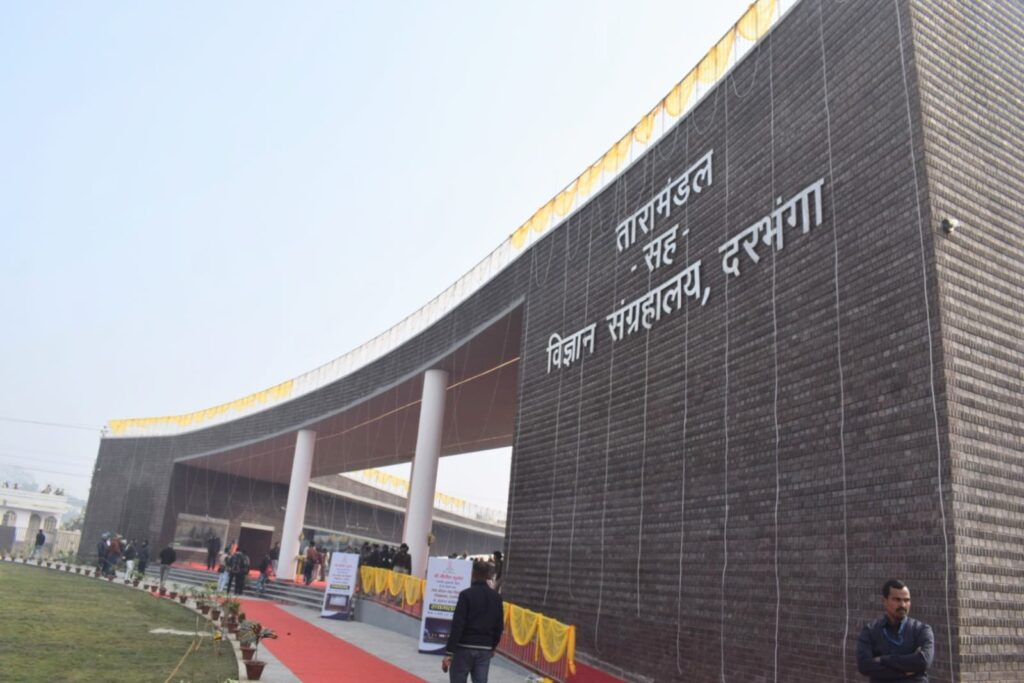



Media and Communications in Darbhanga
Darbhanga has a strong media and communications presence, serving as an influential hub for information dissemination in North Bihar and surrounding regions. The city is home to prominent broadcasting services, both radio and television, which cater to a diverse population.
- All India Radio (AIR): Darbhanga hosts a 20 kW medium-wave radio station that broadcasts a variety of programs covering mass interest topics such as news, entertainment, and educational content. The station serves a wide region that includes parts of North Bihar and even extends into the Terai of Nepal, making it a vital source of information in this cross-border area.
- Doordarshan: The city is equipped with one DD National and one DD News LPT relay transmitter, enabling the transmission of national television broadcasts and news programs. These services help provide both entertainment and current affairs coverage, furthering the city’s role in regional communication.
Notable People from Darbhanga
Darbhanga has been home to many renowned individuals who have made significant contributions in various fields such as politics, entertainment, academics, sports, and more. Some of these influential figures include:
Political Leaders and Activists
- Veena Devi – A prominent politician and a member of the 17th Lok Sabha.
- Prabhat Jha – A noted politician from the region.
- Narayan Das – A distinguished politician.
- Dharamshila Gupta – A Member of Parliament in the Rajya Sabha.
- Parmanand Jha – Former Vice President of Nepal.
- Ramchatur Mallick – A key political figure and freedom fighter.
- Yamuna Karjee – An Indian independence activist.
- Abdul Bari Siddiqui – An MLA from Darbhanga.
- Ashok Kumar Yadav – Current Member of Parliament from Madhubani constituency.
Entertainment and Arts
- Imtiaz Ali – Renowned Bollywood film director, known for his films like Jab We Met and Rockstar.
- Ram Gopal Bajaj – Indian actor and academic, recognized for his contributions to Indian cinema and theatre.
- Sanjay Mishra – Famous Bollywood actor, known for his roles in both mainstream and parallel cinema.
- Gul Mohammad Khan – A celebrated Bangladeshi musician.
- Jyoti Kumari – A young cyclist and Bal Puraskar recipient in 2021.
- Ritviz – An electronic singer who is gaining recognition with his unique sound and voice.
Scholars and Philosophers
- Gaṅgeśa (Gangesha Upadhyaya) – A distinguished mathematician and philosopher, whose works have influenced both Indian and global thought.
- Ishtiaque Ahmad Qasmi – An Islamic scholar, mufti, and writer noted for his intellectual contributions.
- Nagarjun – A renowned poet, writer, essayist, and novelist whose literary works are celebrated for their depth and humanism.
- M J Warsi – A notable linguist.
Others
- H. C. Verma – A highly respected physicist, known for his pioneering work and textbooks in the field.
- Manas Bihari Verma – A Padma Shri awardee and aeronautical scientist, celebrated for his contributions to the LCA Tejas (Light Combat Aircraft).
- Tochi Raina – A celebrated singer, composer, and philosopher, whose music blends various styles and genres.
- Sultan Ahmed Mirza – Former MLA who had a significant political influence in his time.
- Surendra Jha ‘Suman’ – A multifaceted personality as a poet, freedom fighter, and literary critic.
Royal Figures
- Kameshwar Singh, Lakshmeshwar Singh, and Rameshwar Singh Maharaja – Important figures from Darbhanga’s royal family, who played a significant role in shaping the history and culture of the region.
The contributions of these notable figures demonstrate the rich legacy and vibrant heritage of Darbhanga in politics, arts, literature, science, and activism. The city’s diverse social and cultural fabric continues to be shaped by the lasting impact of its people.

